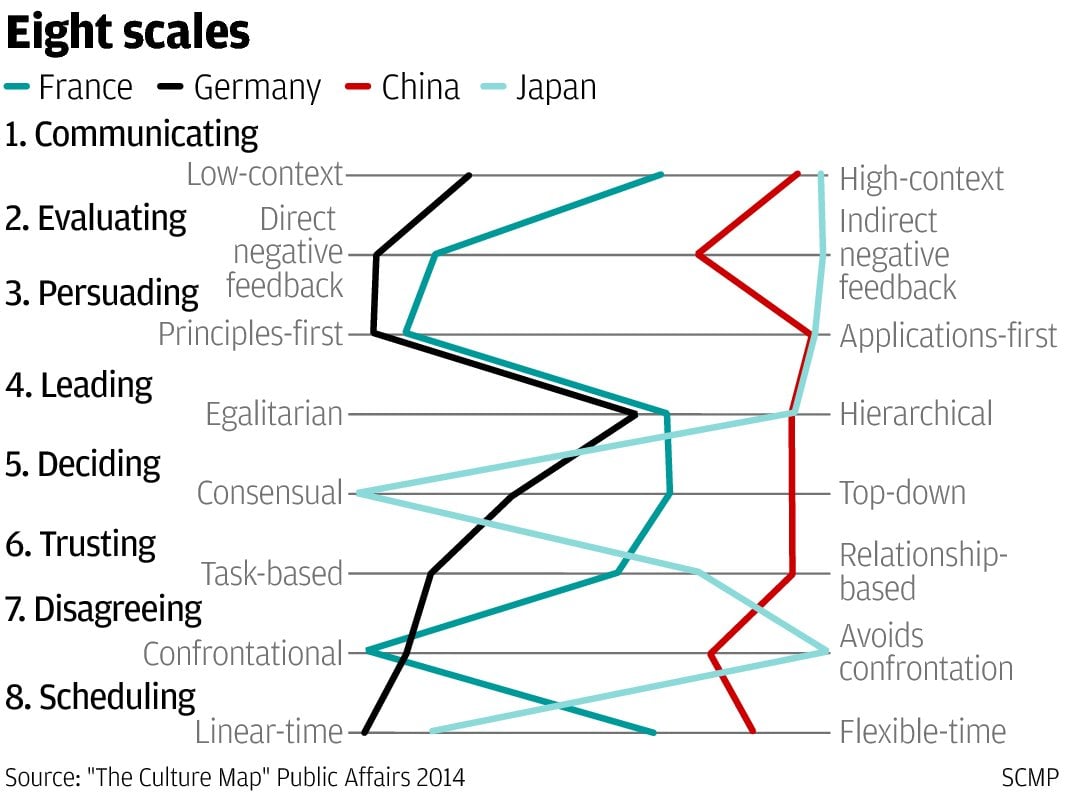For this class I will like to highlight something that
I found interesting, and it is that even do there are countries that geographically
are very close or belong to the same region in this case the Germanic Eastern,
they tend to defer a lot in some aspects, and behave in many different ways.
For example in the masculinity, Germany is a masculine culture, while
Netherlands a feminine one, which means that in Germany they rather life to work,
and they draw a lot of self-steem from their tasks, and that the status is
always shown, while in Netherlands It’s important to keep the life/work
balance, evidencing that the quality of life is very important for the people, meaning
success, and for another part, in the Netherlands standing out from the crowd
is not admirable at all. Another example can be the indulgence in which Germany
is restrain in nature, pessimism and cynicism takes part of their behavior,
while Netherlands is an indulgence culture, which means that they possess a
positive attitude and have a tendency towards optimism, also they exhibit a
willingness to be consent of their impulses and their desires, looking for having
fun and enjoying life. So it is funny to think why two countries that are very
close (geographically) and have many things in common, can differ from some
aspects that people normally think they should share.
For my research question i will like to talk about Walmart
mistakes, when entering into Germany, because I think is quite funny. The first
funny aspect I consider is the energy that Walmart always inculcate to the
employees, in which smiling and being so cheerful disturb the Germans. What I think
is bad and negative is the spying of the co-workers in order to report
misconduct, I consider this is disloyal and dishonest, and a bad behavior they
should not learn. Also the feeling of being inferior and having not voice is something
will harm the employee esteem, and therefore the image of the company. One way to
explain the reason why did Walmart end in a very badly way in Germany is
because "This is not America." They assumed similarities, so they
applied a US business method, without getting to understand the culture or
doing some research or paying attention to local idiosyncrasies. The
difficulties of languages also affected in a very negative way, because there
was no communication or understanding between the customers and the company, so
they had very bad communication barriers.



